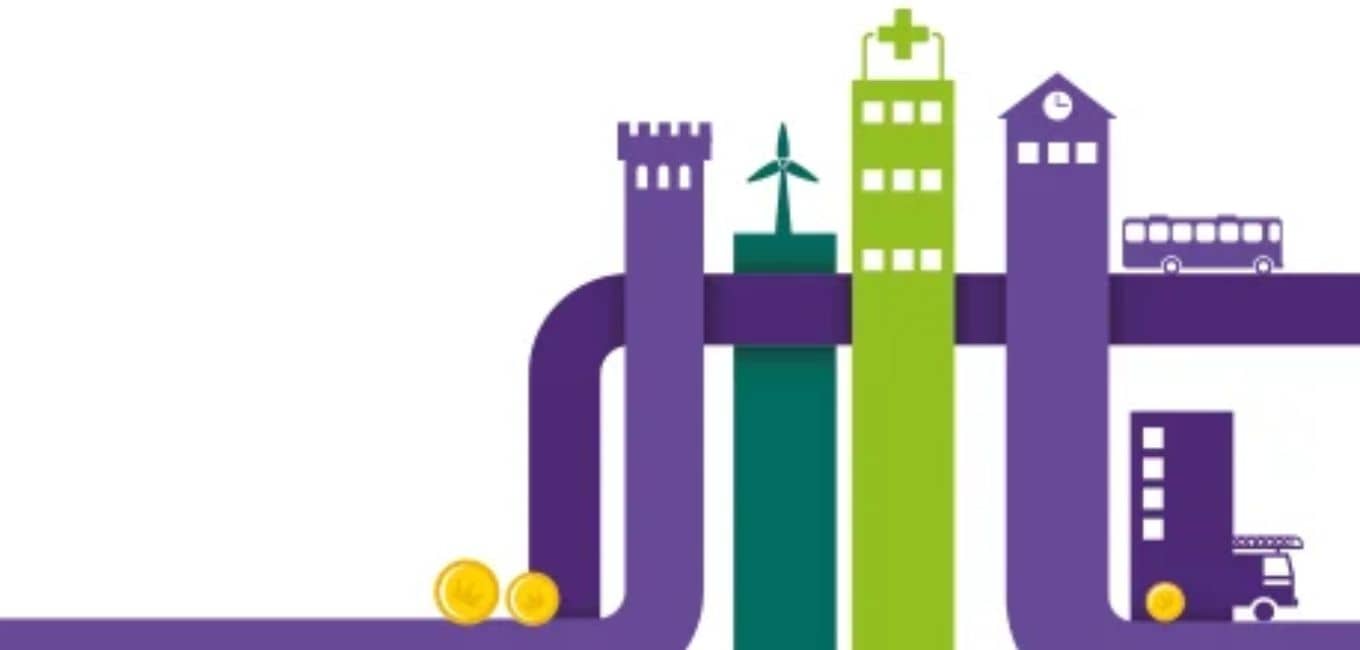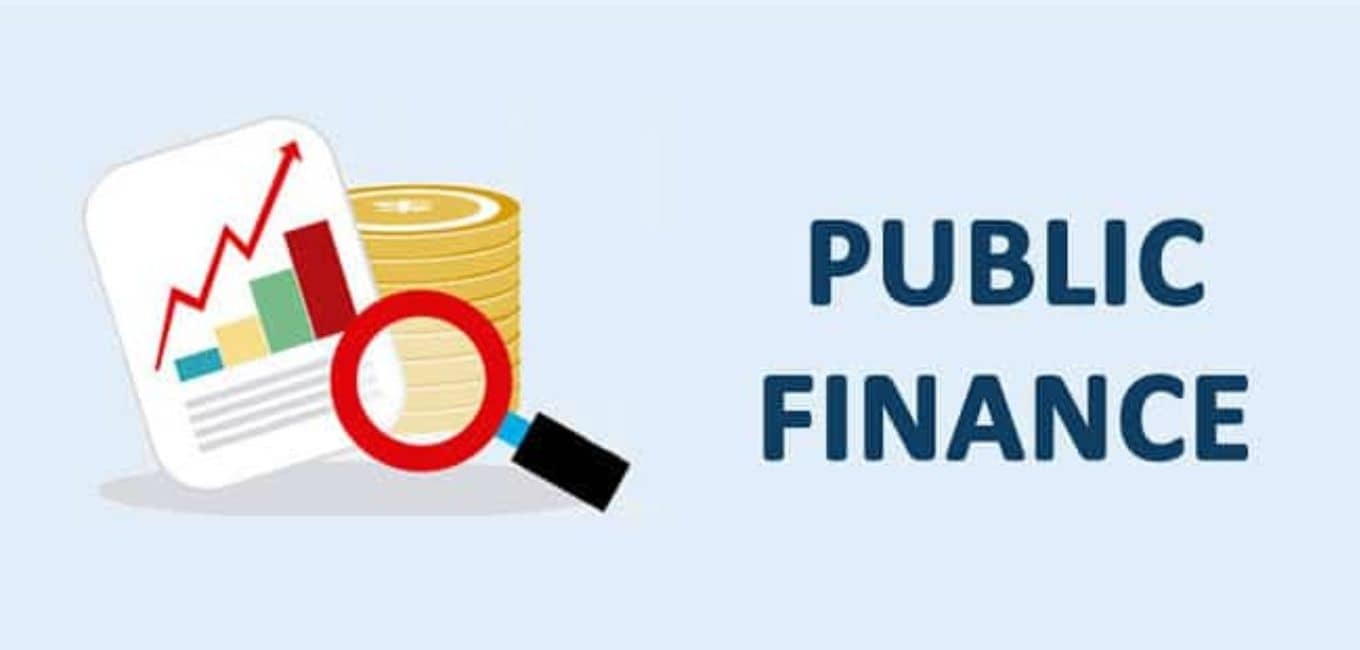Public finance is the subject of finance and economics, providing you with an insight into the role of the government in an economy. It manages revenue, expenditures, and the debt load of a nation with the help of public and quasi-public organizations.
The subject of public finance includes taxation effects, public expenditure and borrowing, and deficit financing of an economy. Thus, public finance helps the government to evaluate its expenditure and revenue contributing to the growth of an economy.
Moreover, the scope of public finance can be determined by three factors namely: Allocation of resources, even distribution of income, and macroeconomic stability. These factors can guide you through the management of public finances, and components of public finance, and to realize its significance.
So, it can be concluded that the financial status of a nation can be calculated using its financial statements. According to a renowned economist, Prof. Otto Eckstein, public finance is nothing but a study revealing the effect of the budget on the growth, stability, equity, and efficiency of an economy.
It’s basically municipal bond practice – advising underwriters or issuers of tax-exempt bonds. There are a couple of firms that specialize in this. My former employer, Orrick Herrington and Sutcliffe has a huge presence in this practice. It’s a little obscure and hard to move around firms when you get into it. It’s really a niche because the agencies that issue this kind of debt are rather on the local side. See the law firm websites to see what the practice is about.
10 Importance of Public Finance
Public finance, which refers to the management of financial resources by the government, has several advantages. Some of these advantages include:
Public goods provision:
Public finance allows the government to provide public goods and services, such as infrastructure, healthcare, education, and security, which are essential for the well-being of citizens but may not be efficiently provided by the private sector.
Redistribution of wealth:
Public finance enables the government to redistribute wealth through taxation and social welfare programs, which can help reduce income inequality and promote social justice.
Stabilization of the economy:
Public finance can be used to stabilize the economy during economic downturns by increasing government spending and reducing taxes to boost aggregate demand.
Promoting economic growth:
Public finance can be used to finance investments in infrastructure, education, and research and development, which can help promote economic growth and development.
Efficient resource allocation:
Public finance can be used to ensure efficient allocation of resources by providing subsidies to industries that are critical for economic development and taxing those that cause environmental or social harm.
Fiscal discipline:
Public finance can help promote fiscal discipline by requiring the government to adhere to a budgetary framework that ensures sustainable fiscal policies over the long term.
Medicare:
Medicare is a healthcare program for seniors and some disabled individuals. In 2021, about 65 million people were enrolled in the program, and it accounted for about 15% of federal spending.
Reduces Inequality:
Another important objective of public finance is that it aims to reduce inequality by optimum allocation of resources.
Meeting public requirements:
The primary objective of public finance is to manage the basic requirements of the public, including food, health, housing, education, infrastructure, etc. When public needs are timely met, it contributes to the economic growth and development of the economy.
Establish Price Stability:
Public finance also helps to control inflation and maintain price stability. Overall, public finance plays a crucial role in promoting economic growth, social justice, and overall well-being of citizens.

Scope of public finance
The scope of public finance is into four areas which include public income, Public expenditure public debt, and financial administration:
Public Revenue
The study of various sources of government’s income, the principles guiding the raising of income (e.g. canons of taxation), their relative merits and demerits, and their effects on the economy (e.g. impact and incidence of taxation).
Public Expenditure
The study of the manner in which public expenditure is classified, the principles guiding public expenditure (canons of public expenditure), causes of growth, and effects of public expenditure.
Public Debts
The study of public debt forms a very important part of public finance in modern times as the government’s debt is increasingly resorting to meet the growing needs of the people. Public finance studies the sources, burden, and impact of public debt.
What Are the Components Of Public Financial Management
Most financial management plans will break them down into four elements commonly recognized in financial management. These four elements are planning, controlling, organizing & directing, and decision-making. With a structure and plan that follows this, a business may find that it isn’t as overwhelming as it seems.
Planning
Planning is the systematic process of making decisions about goals and activities the organization will pursue (Bateman & Snell, 2013). To make a decision about the direction of an organization, the planning phase must begin with analyzing the environment.
Without a solid understanding of the context, the manager would have no basis to provide future direction. The context gives a manager a point of reference for improvement, opportunity, and learning from past mistakes. For this reason, the planning function should begin with analysis.
Organizing
Organizing is the process of assembling and assigning the human, financial, physical, informational, and other resources needed to achieve goals (Bateman & Snell, 2013). The core of the organizing function is leveraging the resources to align with the determined goals. Organizing human resources means first of all attracting a labor force that can help you pursue your goal.
Controlling
Control is installing processes to guide the team towards goals monitoring performance towards goals and making changes to the plan as needed (Bateman & Snell, 2013). Control does not always mean limiting what the organization can do by having a hand in everything. We might call this micromanaging, which is control in its extreme form. Healthy control processes involve putting systems in place to make sure your organization is on track to meet the goals you established in the planning process.
Leading
Leading is stimulating high performance by members of the organization (Bateman and Snell, 2013). This function is getting members of the organization on board with your plan. Normally, this means connecting with direct reports or teammates on a personal level. Understanding what drives individuals within the team allows a manager to design strategies around motivating, incentivizing, mobilizing, and arousing a desire to contribute.
Having personal conversations, designing a bonus structure, or giving a rousing speech might all be considered leading the organization.

Example of Public Finance
This includes buying and selling, taking out a loan, maintaining accounts, investing, moving money from one account to another, refinancing assets, and going public. Examples include paying bills, rent, and mortgage, paying for a round of drinks with friends, shopping, filling our cars, buying presents, and making donations to charity. Our credit card and tax payments also come under the term spending. We either spend with money we have or money we borrow, i.e., credit.
Examples of financial transactions include cash receipts, deposit corrections, requisitions, purchase orders, invoices, travel expense reports, Picard charges, and journal entries.
Financial Income is the revenue generated by the temporary surplus cash invested in short-term investments and Marketable securities. It also includes foreign exchange gains on Debt and write-backs on provisions and Charges related to financial operations.
Public Finances: Scope – FAQs
Conclusion
Public finance is the study of the role of the government in the economy. It is the branch of economics that assesses the government revenue and government expenditure of the public authorities and the adjustment of one or the other to achieve desirable effects and avoid undesirable ones.
It is the way of managing public funds. Still, it is limited to administering public funds and other things like price stability, economic growth, income inequality, unemployment, human rights, etc. Management of public finance is the wider term. It requires proper planning, allocation of resources, and controlling unfavorable situations, etc., by making the financial and fiscal policies, budgets, etc., to ensure the nation’s growth.

